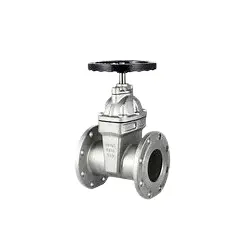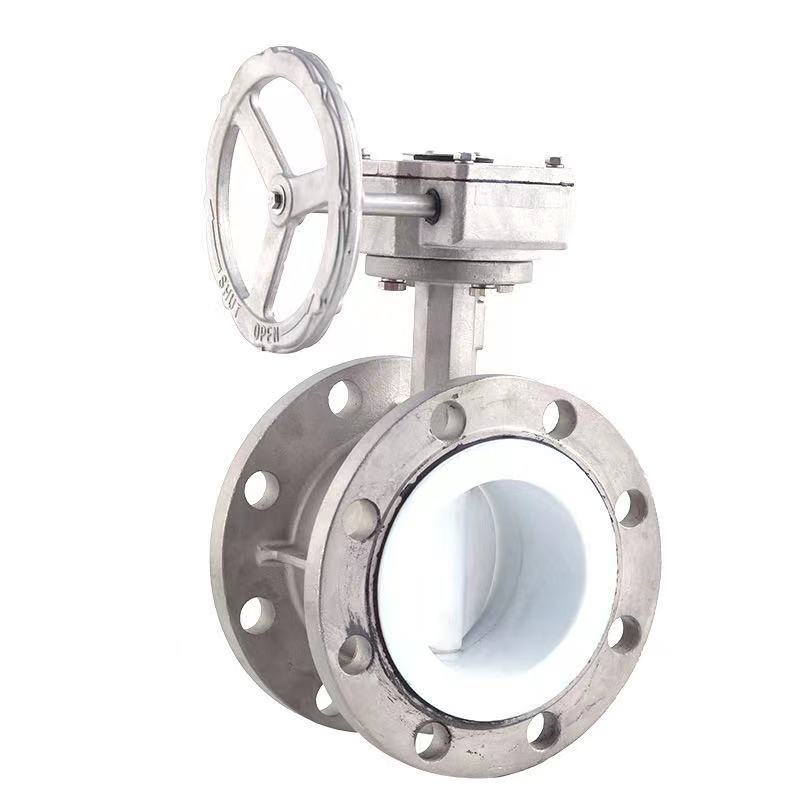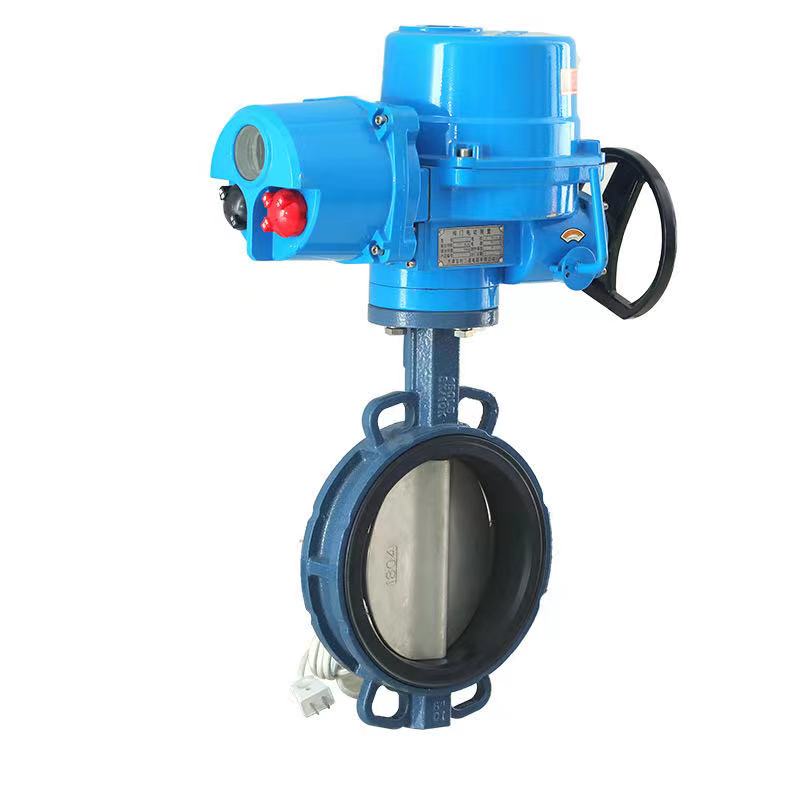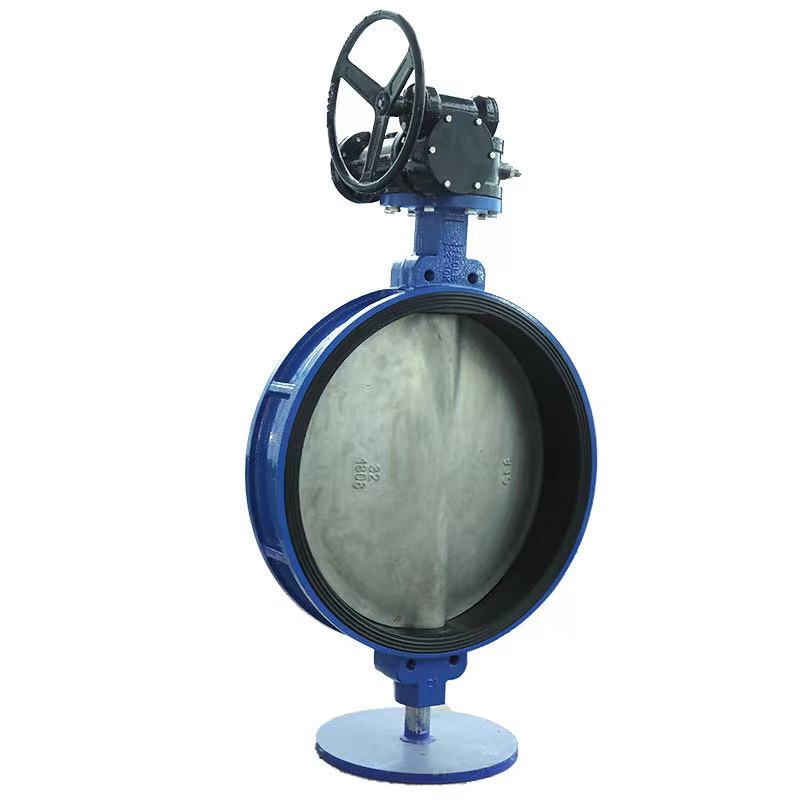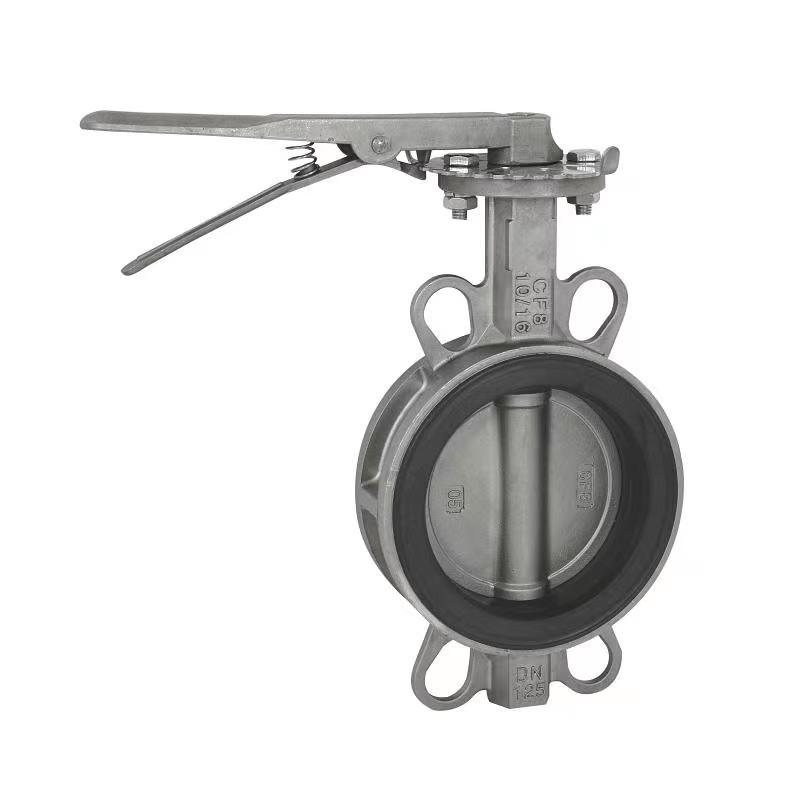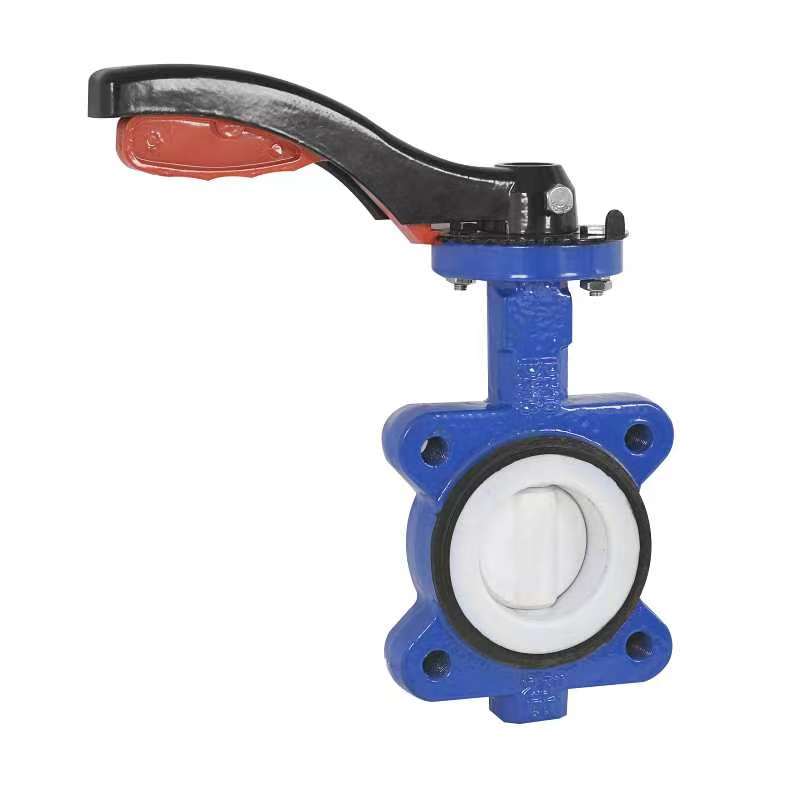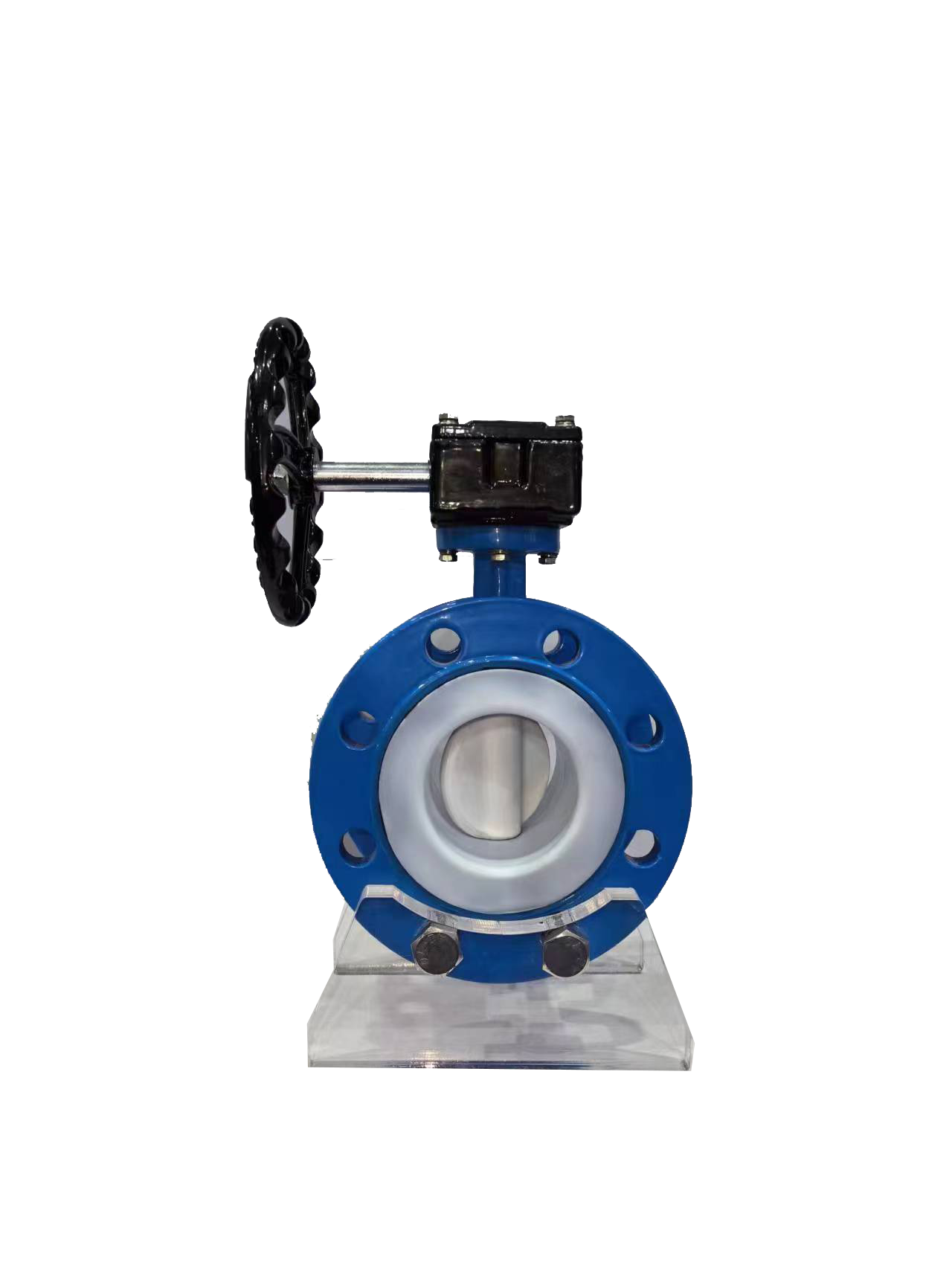- English
- Español
- Português
- русский
- Français
- 日本語
- Deutsch
- tiếng Việt
- Italiano
- Nederlands
- ภาษาไทย
- Polski
- 한국어
- Svenska
- magyar
- Malay
- বাংলা ভাষার
- Dansk
- Suomi
- हिन्दी
- Pilipino
- Türkçe
- Gaeilge
- العربية
- Indonesia
- Norsk
- تمل
- český
- ελληνικά
- український
- Javanese
- فارسی
- தமிழ்
- తెలుగు
- नेपाली
- Burmese
- български
- ລາວ
- Latine
- Қазақша
- Euskal
- Azərbaycan
- Slovenský jazyk
- Македонски
- Lietuvos
- Eesti Keel
- Română
- Slovenski
- मराठी
- Srpski језик
- Esperanto
- Català
- שפה עברית
- Cymraeg
- Latviešu
- icelandic
- ייִדיש
- беларускі
- Hrvatski
- Kreyòl ayisyen
- Shqiptar
- Malti
- lugha ya Kiswahili
- አማርኛ
- Bosanski
- Frysk
- ភាសាខ្មែរ
- ქართული
- ગુજરાતી
- Hausa
- Кыргыз тили
- ಕನ್ನಡ
- Corsa
- Kurdî
- മലയാളം
- Maori
- Монгол хэл
- Hmong
- IsiXhosa
- Zulu
- Yoruba
- অসমীয়া
- ଓଡିଆ
- Twi
- Samoa
- Sesotho
- සිංහල
- Gàidhlig
- Cebuano
- Somali
- Тоҷикӣ
- O'zbek
- Hawaiian
- سنڌي
- Shinra
- Հայերեն
- Igbo
- Sundanese
- Lëtzebuergesch
- Malagasy
- Tǝlam Kanuri
- Punjabi
- پښتو
- Chichewa
What is the structure of a ball valve?
Ball valve is a type of valve with a spherical opening and closing component. It has a compact structure and diverse functions. The structure of ball valve is analyzed from three aspects: core components, working principle, and structural classification
core component
A ball valve is mainly composed of a valve body, a ball body, a valve seat, a valve stem, and an operating device. The valve body is the main body of pipeline connection, mostly made of cast steel or stainless steel, providing structural support; The sphere is a metal ball with a through-hole, which controls the flow of the medium through a 90 ° rotation; The valve seat adopts soft sealing (such as PTFE) or hard sealing (metal material), which is adhered to the surface of the sphere to achieve sealing; The valve stem is connected to the operating device and the sphere to transmit rotational force; The operating device includes a handle, worm gear, electric or pneumatic actuator, which drives the ball to rotate.
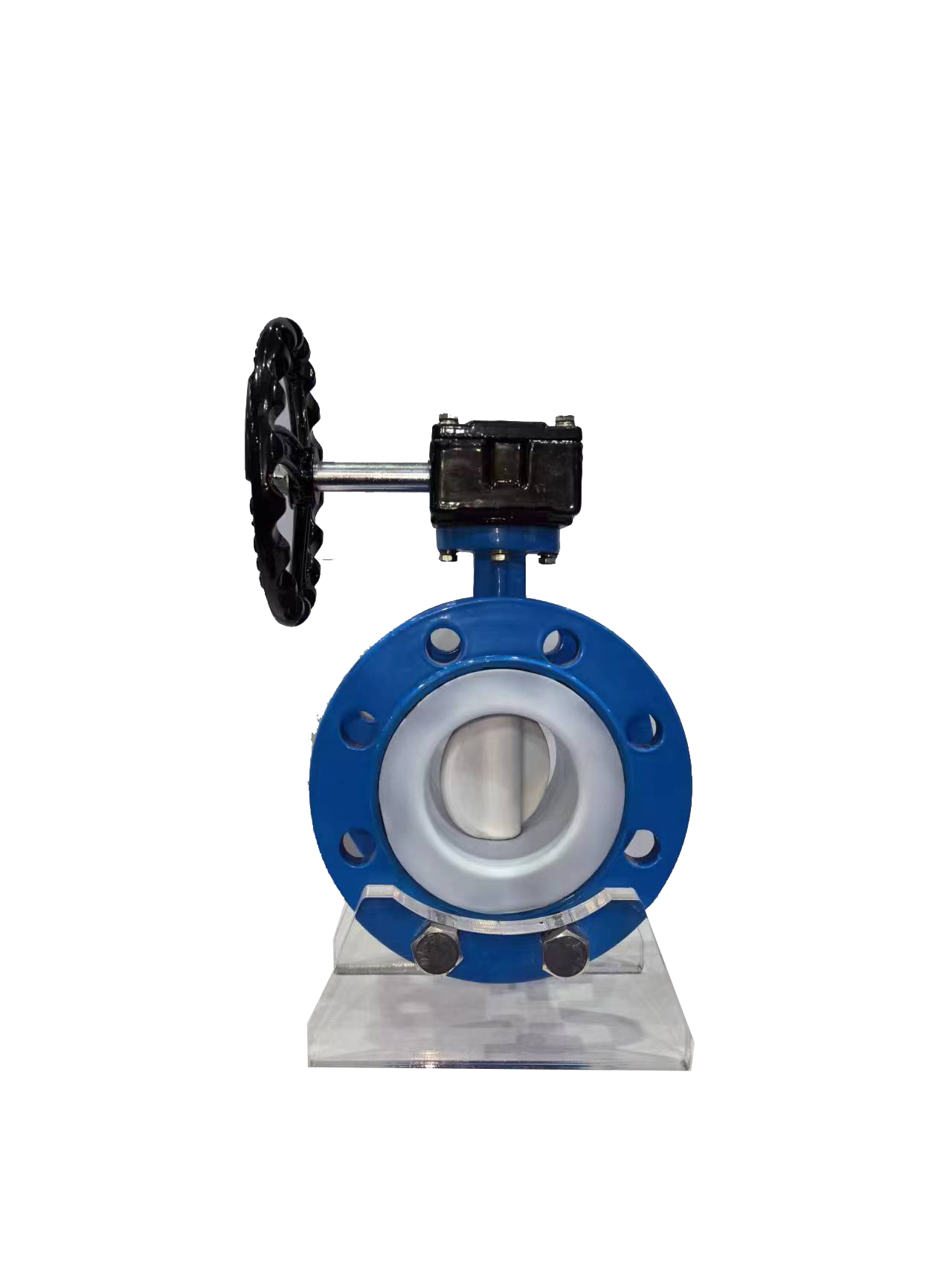
working principle
Ball valves achieve medium connection and disconnection by rotating the ball. In the fully open state, the spherical through-hole is aligned with the pipeline axis, and the medium flows unobstructed; In the fully closed state, the sphere rotates 90 ° and the through-hole is perpendicular to the pipeline axis, blocking the flow of the medium. Some ball valves (such as V-shaped ball valves) achieve flow regulation function by fitting the V-shaped notch on the surface of the ball with the valve seat.
structural classification
According to the ball support method, ball valves are divided into floating ball valves and fixed ball valves. The ball of the floating ball valve has no fixed shaft and relies on the pressure of the medium to press the outlet valve seat to achieve sealing. The structure is simple but suitable for medium and low pressure scenarios; The ball of the fixed ball valve is fixed to the bearing through the upper and lower valve stems, and the medium pressure is borne by the bearing. The valve seat deformation is small, the seal is stable, and it is suitable for high-pressure and large-diameter scenarios. In addition, according to the sealing form, it can be divided into soft sealed ball valves (zero leakage, suitable for corrosive media) and hard sealed ball valves (high temperature and high pressure resistance); According to the type of flow channel, it can be divided into full bore ball valves (with flow aperture consistent with the inner diameter of the pipeline) and reduced bore ball valves; According to the channel position, it can be divided into straight through, three-way (T-shaped diversion and merging, L-shaped distribution), and right angle ball valves.
Related News
- What are the requirements for installing ball valves?
- Is there a strict requirement for the installation direction of ball valves?
- Can check valves prevent pump reversal
- What scenarios are check valves suitable for?
- What should I do if the check valve cannot stop the water?
- What should I do if there is leakage inside the check valve
Leave me a message
New Products




